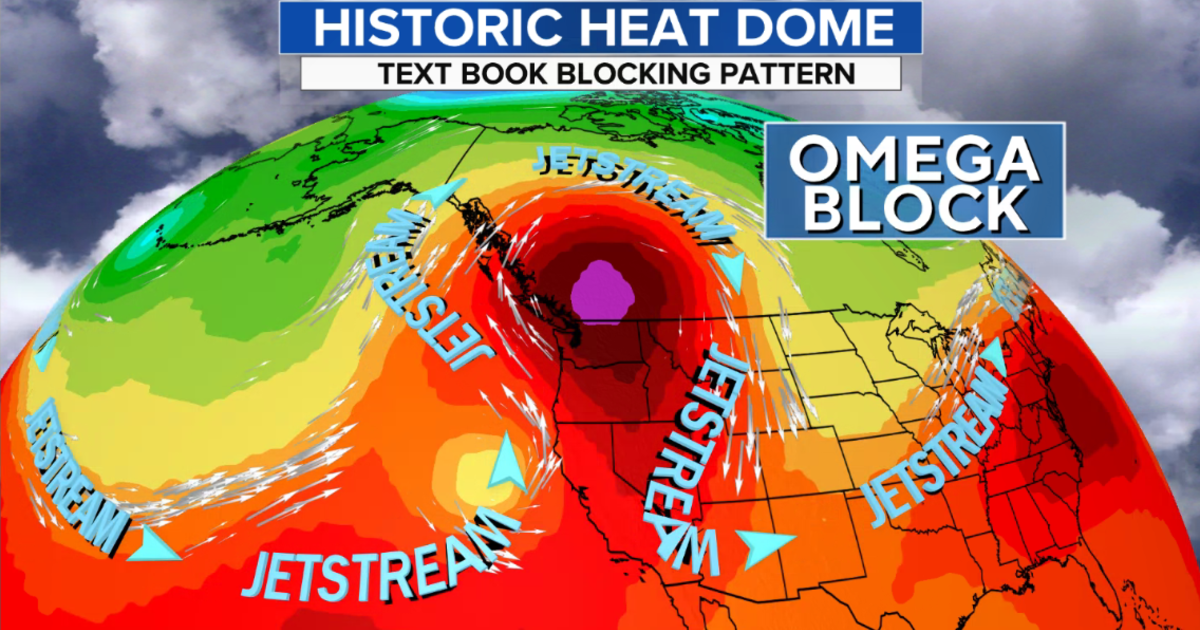
As the “heat dome” passed thru the Pacific North West earlier this month, I experienced first hand the danger of being outside for any extended amount of time in those conditions. I walked from my home to my university, just over one mile. Around the middle of the trip I noticed I was sweating at a much faster rate than it was evaporating, and I was starting to feel sick. By the time I got to the university, I had to immediately lay down in an air conditioned room for nearly an hour before I felt safe to get back up, and had a headache that lasted the next few hours.
While this was an unprecedented event for Portland, It seems that similar events will be occurring more regularly in the future. Extreme humid heat overall has more than doubled in frequency since 1979 and locations across the globe are experiencing localized heat waves that approach the upper limit human survive-ability, with wet-bulb temperatures (TW) reaching 35 C. While climate scientists predicted these events would unfold in the mid 21st century, they are happening now.
In Oregon, right before the pandemic, the homelessness population was estimated to be about 12,000. And while those are the most up to date numbers I could find, it is expected that this is on the very low end of the estimate for homelessness in Oregon today. There are so many problems the homeless community faces day in and day out relating to their lack of shelter, and now temperatures at the upper limit of what a human can endure is something they have to face and overcome.
For those of you like me who experienced just a piece of the heatwave before retreating back into air conditioning, try and imagine what it would have been like, having very limited access, if any at to a survivable environment. These are people just like us, and they are the ones that need our help. For a chance to donate to an app that connects the homeless with resources, clickhere.
References:
https://advances.sciencemag.org/content/6/19/eaaw1838

No comments:
Post a Comment